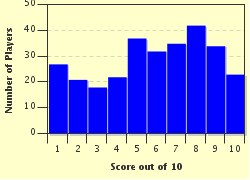Quiz Answer Key and Fun Facts
1. These rebuses work by looking at the pictures and letters and figuring out what word they represent. All answers in this quiz have 'one' within them, e.g. 'lioness'. Bear in mind that a picture might represent a word with the same pronunciation but a different spelling e.g. a picture of the sun might represent 'son'.
The first rebus should lead you to someone who was amongst the first to explore a geographic region or field of study.
2. It's a bumpy ride on this rebus!
3. A word that is pronounced exactly as it appears in written script.
N.b. I've used the UK English word for the second picture in the clue.
4. A synthetic compound.
5. This picture represents a retailer of some sort.
6. This is a female rank of nobility. The rank is above an countess, but below that of a sovereign princess.
7. Off to an Asian restaurant for a quick bite? You might enjoy this delightful morsel of food for an entree.
8. After the wedding.
9. To clear someone of blame.
10. A fabric pattern with both parallel and diagonal lines. It's also a way of climbing up a snowy hill with your skis.
Source: Author
Tizzabelle
This quiz was reviewed by FunTrivia editor
spanishliz before going online.
Any errors found in FunTrivia content are routinely corrected through our feedback system.

